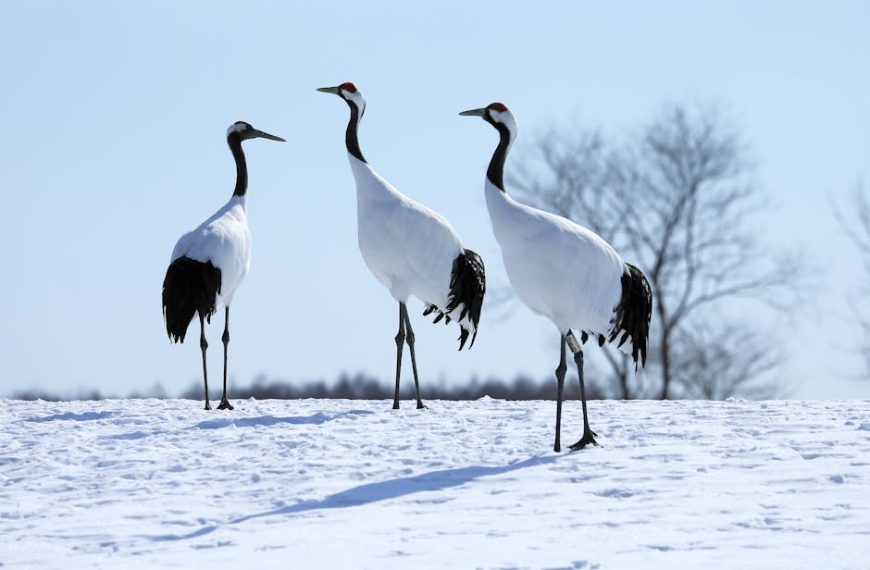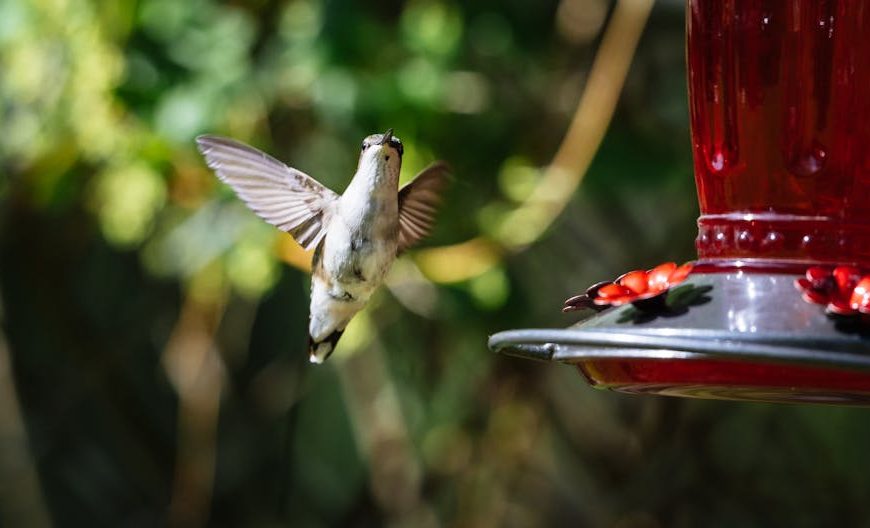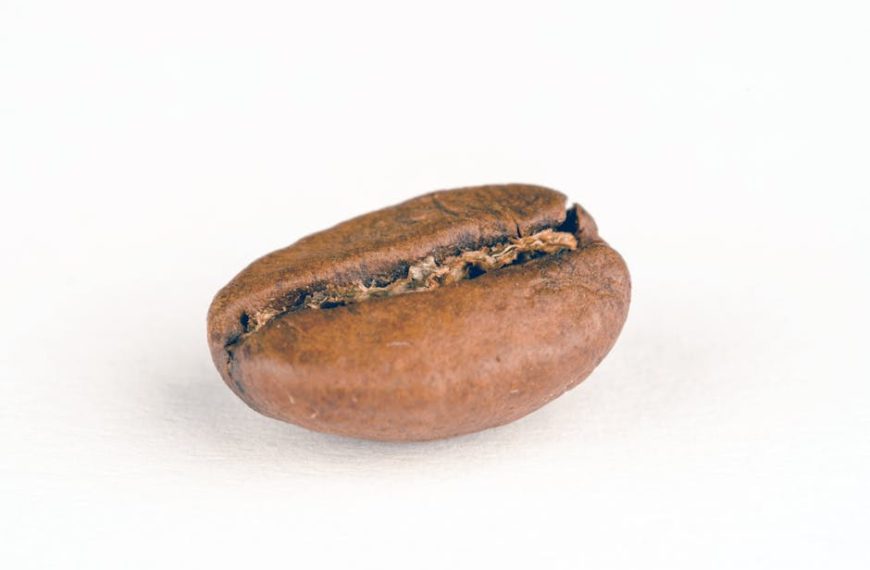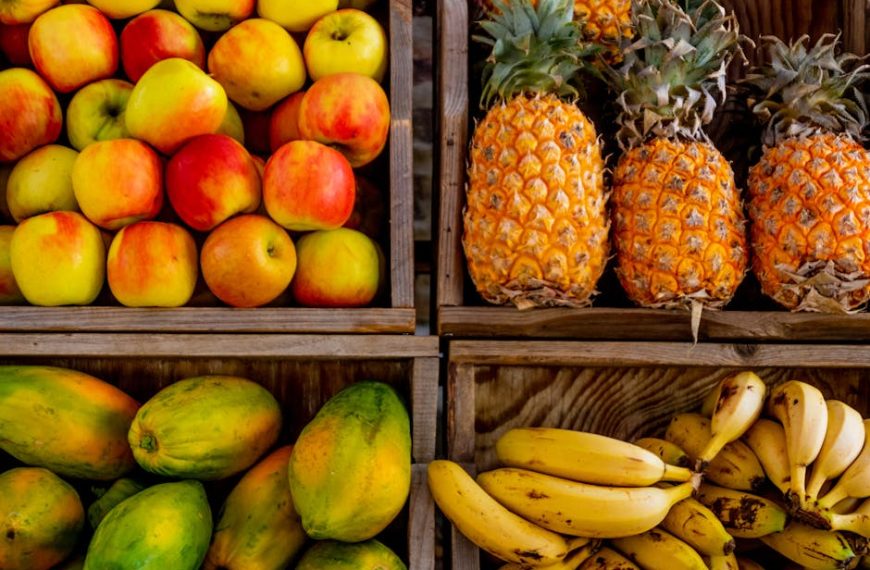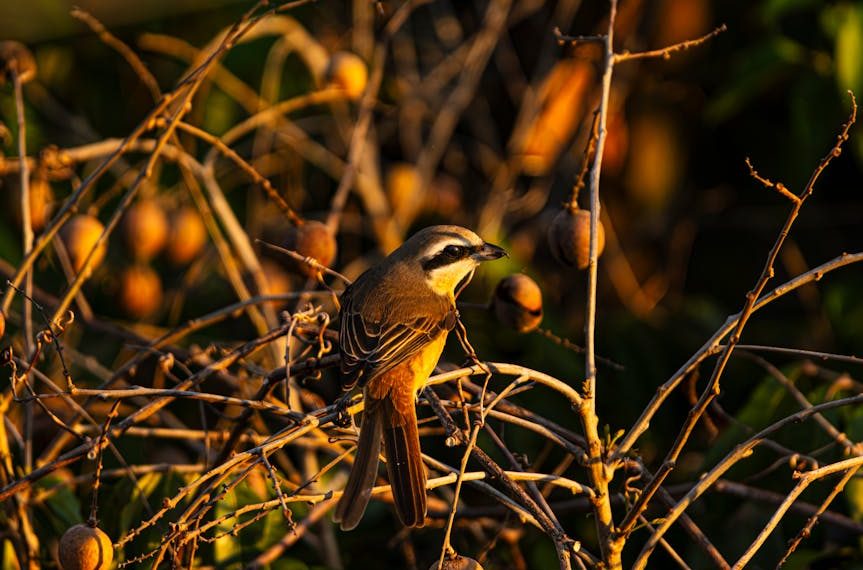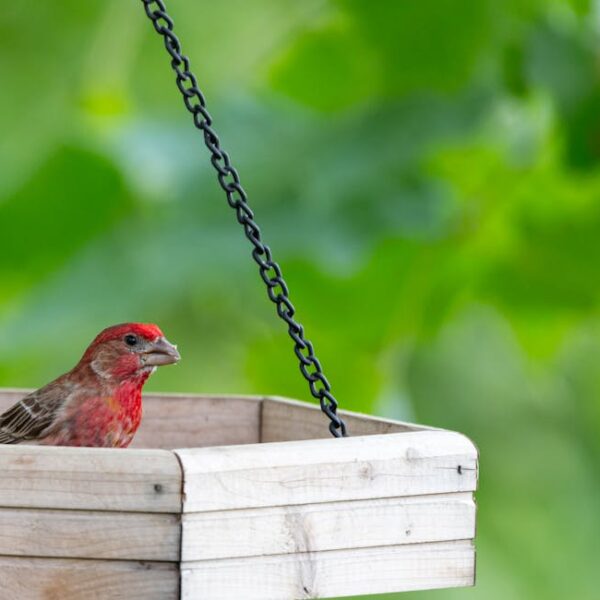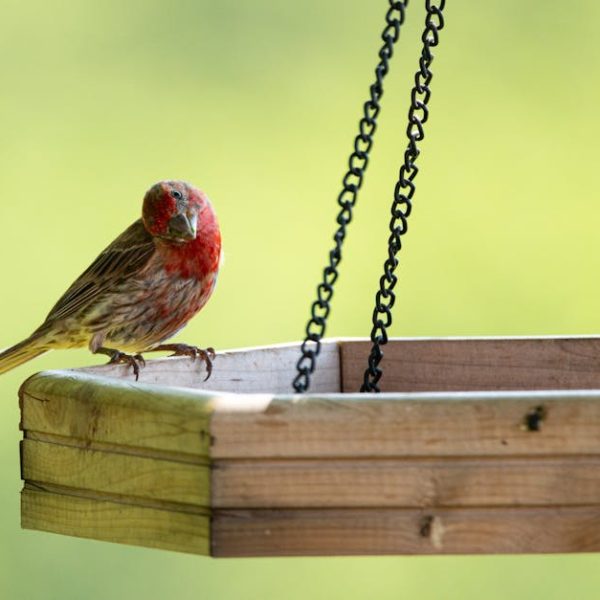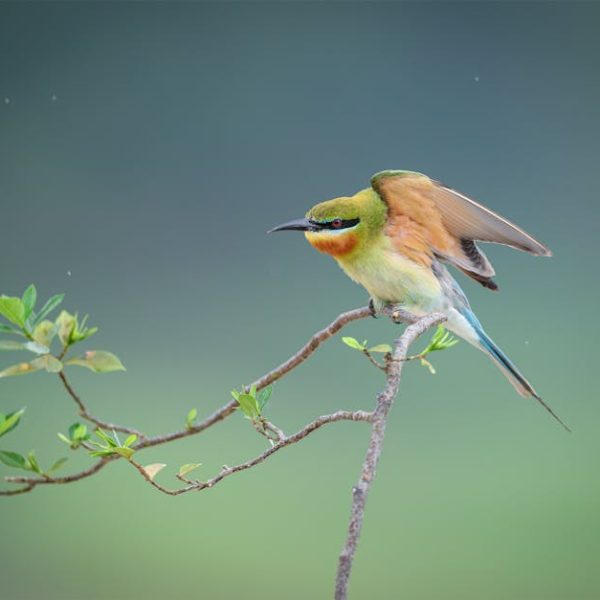As apex predators, birds of prey or raptors feast on a wide array of food sources. These majestic birds, including eagles, hawks, owls, falcons, and vultures, have a fascinating range of diets, each driven by their unique hunting tactics, lifestyle, and biological needs. Through exploring these diets, we gain insights into their behavior, their adaptations, and their essential place in ecological systems.
Eagles’ Meaty Diet
Known for their superb hunting skills and fierce elegance, eagles are one of the most impressive birds of prey. They relish a primarily carnivorous diet consisting of fish, rabbits, squirrels, snakes, and even other birds. This protein-rich diet forms the cornerstone of their robust health, facilitating their high energy levels and longevity.
Interstingly, different species of eagles have been found to have distinct dietary preferences. For example:
- Bald Eagles: Renowned fishers, they feed primarily on fish but won’t hesitate to snatch up a waterfowl or scavenging carrion.
- Golden Eagles: While these birds are opportunistic, they favor mammals such as rabbits and hares.
- Harpy Eagles: Predominantly feed on arboreal mammals, such as sloths and monkeys.
A quick and fascinating fact about eagles is their supremely adapted eyesight, allowing them to spot potential prey from a distance of miles. This sharp vision underpins their effectiveness as top-tier predators.
Hawks and Their Diverse Diet
Hawks have a diverse and adaptable diet, driven by their versatile hunting techniques. These birds aren’t picky eaters, preying on a variety of small animals like mice, rabbits, and squirrels, to birds, snakes, and insects. Certain larger species of hawks are even known to take on bigger prey, such as racoons and rabbits.
Contrasting the diets of various hawk species, we find similarities and differences rooted in their hunting methods and habitat. For example, the Red-Tailed Hawks are generalists that hunt rodents, rabbits, birds, and reptiles, while the Northern Goshawks are relentless bird hunters.
Pro Tip: While observing hawks in their habitat, pay close attention to their hunting behavior and prey choice as it can often provide insights into the specific hawk species you’re watching.
Stay tuned for the following two segments, as we further delve into the enchanting dietary ways of owls, falcons, and vultures. These nocturnal hunters, speedy predators, and vital scavengers all present unique and notable feasting habits you won’t want to miss.
Owls: Night Hunter’s Diet
Owls are esteemed nocturnal hunters, hence their diet primarily consists of creatures that are active during the night. This includes a diverse mix of small mammals such as voles, mice, rats, and occasionally rabbits. They also prey on insects and other smaller birds. Their dietary preferences are crafted by their night-adapted hunting practices and the kind of prey available in their habitat.
To analyze an owl’s diet, scientists and bird enthusiasts often resort to a practice called pellet analysis. Owls are known to regurgitate indigestible parts of their prey, such as bones and fur, forming ‘pellets.’ Thus, investigating these pellets provides valuable insight into the species’ diet.
Find an owl pellet and understand the owl’s diet conveniently with this checklist:
- Small rodent bones: Mice, rats, voles are likely prey
- Insect exoskeletons or wings: diet includes insects
- Feathers or small bird bones: the owl preys on other birds.
The Insectivorous Diet of Falcons
Falcons are known for their swift and nimble hunting skills, and their diet is as fascinating as their speed. They predominantly feed on other birds and large insects, while also occasionally preying on small mammals and reptiles. The swift flight and precision of falcons make them formidable in the sky, capturing prey mid-flight.
As impressive as it sounds, an insectivorous diet also presents some challenges for the falcons. On the positive side, there is an abundance of insects, providing reliable prey access. However, on the flip side, catching such small and fast-moving targets requires exceptional hunting skills and energy.
Did you know that Peregrine Falcons are known as the fastest birds in the world, reaching speeds of over 200mph during their high-speed hunting stoops? This extraordinary speed underpins their ability to catch fast-flying birds in their flight – a testament to their insectivorous diet.
Vultures: Scavengers with a Crucial Role
Unlike their raptor counterparts, vultures are nature’s clean-up crew. Their diet is unique as it consists entirely of carrion – dead animals. This natural scavenger behavior plays a critical role in the ecosystem by preventing the spread of diseases that decomposing bodies might cause.
Comparatively, vultures’ diet starkly contrasts with other raptors. While hawks, owls, eagles, and falcons are active hunters prefer flesh from fresh kills, vultures have evolved to consume dead animals, with a powerful digestive system adapted to handle rotting meat and even some diseases.
[Insert small infographic]
This infographic depicts the important place that vultures occupy in the food chain. As scavengers, they occupy an ecological niche that controls the population of carrion pests, reduces the spread of disease, and helps recycle nutrients back into the ecosystem. Stay tuned for more fascinating insights about the birds of prey and their extraordinary diets.
Key Takeaway:
- Eagles primarily have a meat-based diet consisting of fish and small mammals and their superb vision aids their hunting.
- Hawks are versatile in their diet, preying on a range of small animals and their prey choice often provides insights into their species.
- Owls are nocturnal hunters, preferring small mammals, insects, and other birds, with their prey preference influenced by their night-adapted hunting practices.
- Falcons predominantly feed on insects and small birds, requiring exceptional hunting skills due to the small size and agility of their prey.
- The diet of vultures is unique and consists entirely of carrion – dead animals, playing a crucial role in the ecosystem and disease prevention.
The diet of birds of prey not only gives us insight into their behaviors and adaptations but illustrates the intricate balance of nature. Whether an eagle soaring the skies, a hawk perched observantly, an owl silently hunting at night, a falcon diving at high-speeds, or a vulture clearing up the remnants of life, each plays a vital role in preserving the ecological equilibrium.
FAQs
Q: What function do birds of prey play in the ecosystem?
A: Birds of prey play a critical role in maintaining a balanced ecosystem. They control the population of rodents and pests, dispose of carrion to prevent the spread of diseases, and serve as indicators of environmental health.
Q: How can one distinguish between different species of hawks based on their dietary habits?
A: Hawks have varied diets based on their hunting techniques and habitat. Paying attention to their prey preference can provide insights into the specific species. For example, Red-Tailed Hawks are generalists and prey on rodents, rabbits, birds, and reptiles, while Northern Goshawks predominantly hunt birds.
Q: Does a falcon’s insectivorous diet limit it to hunting in specific environments?
A: Falcons tend to inhabit environments where their primary food sources are abundant. However, they are adaptable birds and can handle varied ecosystems as long as their dietary requirements are met.
Q: How do vultures handle consumption of dead and often decomposed meat?
A: Vultures possess a powerful and highly acidic digestive system, allowing them to consume rotting meat which would be harmful to most organisms. They’re even capable of neutralizing many pathogens that might be present in the carrion.
Q: Are eagles and hawks similar in their dietary patterns?
A: Although both are birds of prey, their dietary patterns vary based on their hunting methods and habitat. For instance, hawks have a more diverse diet, including small mammals, birds, reptiles, and insects. In contrast, eagles primarily focus on fish and small mammals, reflecting their different hunting methodologies and habitats.
Stay with us as we explore more interesting aspects of nature’s fascinating creatures. Spread the knowledge by sharing this article and exploring more posts on our website.


